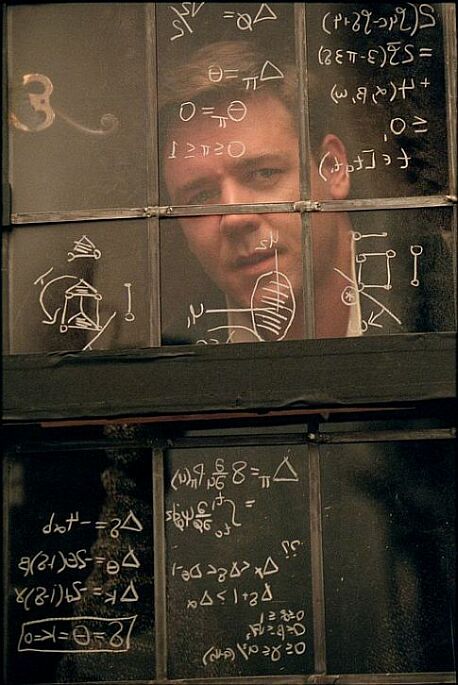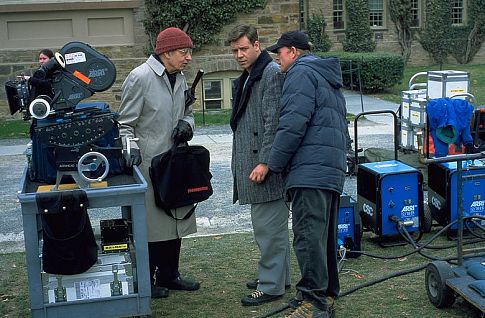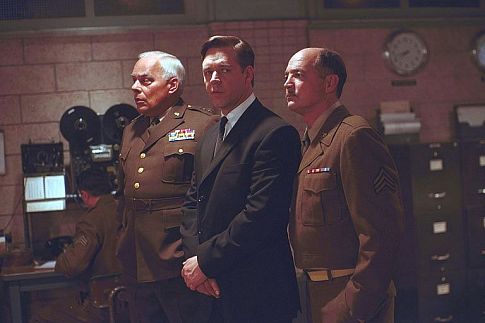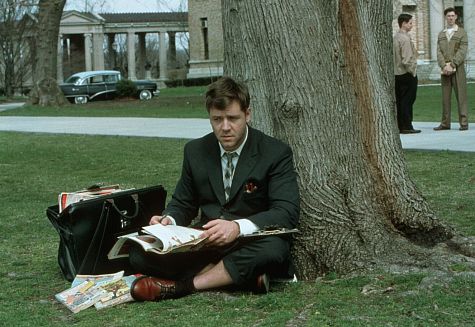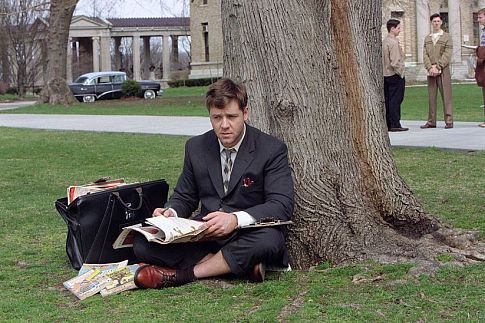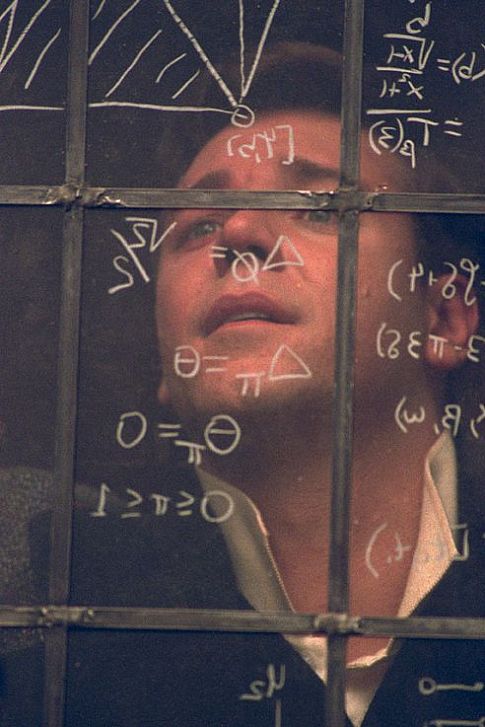John Forbes Nash, Jr. (born June 13, 1928) is an American economist and mathematician whose works in game theory, differential geometry, and partial differential equations have provided insight into the forces that govern chance and events inside complex systems in daily life. His theories are used in market economics, computing, evolutionary biolo...
Show more »
John Forbes Nash, Jr. (born June 13, 1928) is an American economist and mathematician whose works in game theory, differential geometry, and partial differential equations have provided insight into the forces that govern chance and events inside complex systems in daily life. His theories are used in market economics, computing, evolutionary biology, artificial intelligence, accounting and military theory. Serving as a Senior Research Mathematician at Princeton University during the later part of his life, he shared the 1994 Nobel Memorial Prize in Economic Sciences with game theorists Reinhard Selten and John Harsanyi. Nash is the subject of the Hollywood movie A Beautiful Mind. The film, based rather loosely on the biography of the same name, focuses on Nash's mathematical genius and struggle with paranoid schizophrenia.[1][2]Nash's younger sister wrote that Johnny was always different. [My parents] knew he was different. And they knew he was bright. He always wanted to do things his way. Mother insisted I do things for him, that I include him in my friendships... but I wasn't too keen on showing off my somewhat odd brother. [3] [edit]Post-graduate lifeNash's advisor and former Carnegie Tech professor, R.J. Duffin, wrote a letter of recommendation consisting of a single sentence: This man is a genius. [4] Nash was accepted by Harvard University, but the chairman of the mathematics department of Princeton, Solomon Lefschetz, offered him the John S. Kennedy fellowship, which was enough to convince Nash that Harvard valued him less.[5] Thus from White Oak, he went to Princeton, where he worked on his equilibrium theory. He earned a doctorate in 1950 with a 28 page dissertation on non-cooperative games.[6] The thesis, which was written under the supervision of Albert W. Tucker, contained the definition and properties of what would later be called the Nash Equilibrium . These studies led to four articles: Equilibrium Points in N-person Games , Proceedings of the National Academy of Sciences 36 (1950), 4849. MR0031701 The Bargaining Problem , Econometrica 18 (1950), 155162. MR0035977 Two-person Cooperative Games , Econometrica 21 (1953), 128140. MR0053471 Non-cooperative Games , Annals of Mathematics 54 (1951), 286295. [1] Nash did ground-breaking work in the area of real algebraic geometry: Real algebraic manifolds , Annals of Mathematics 56 (1952), 405421. MR0050928 See Proc. Internat. Congr. Math. (AMS, 1952, pp 516517). His most famous work in mathematics is the Nash embedding theorem, which shows that any abstract Riemannian manifold can be isometrically realized as a submanifold of Euclidean space. He made contributions to the theory of nonlinear parabolic partial differential equations, and to singularity theory.As per Nash's biography, from 1951 onwards, he had a liaison with a nurse, named Eleanor Stier. They bore a child named John David Stier. Though Nash had thought of marrying her, he later decided against it and abandoned them. In 1955, Nash went to the Massachusetts Institute of Technology as a C. L. E. Moore Instructor in the mathematics faculty. There, he met Alicia L
Show less «

